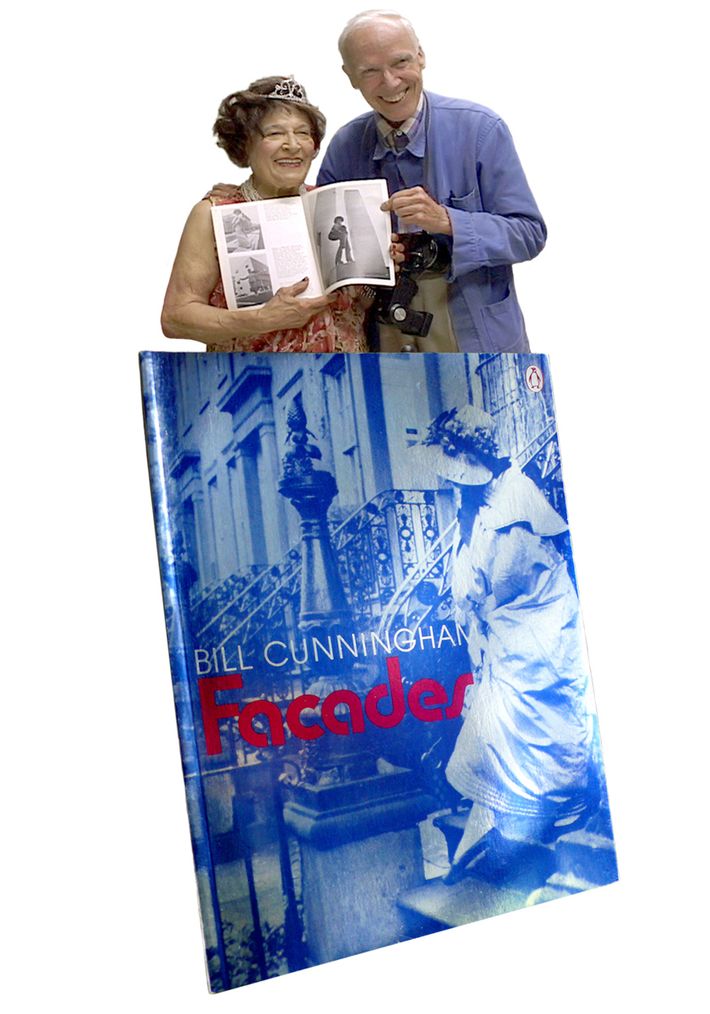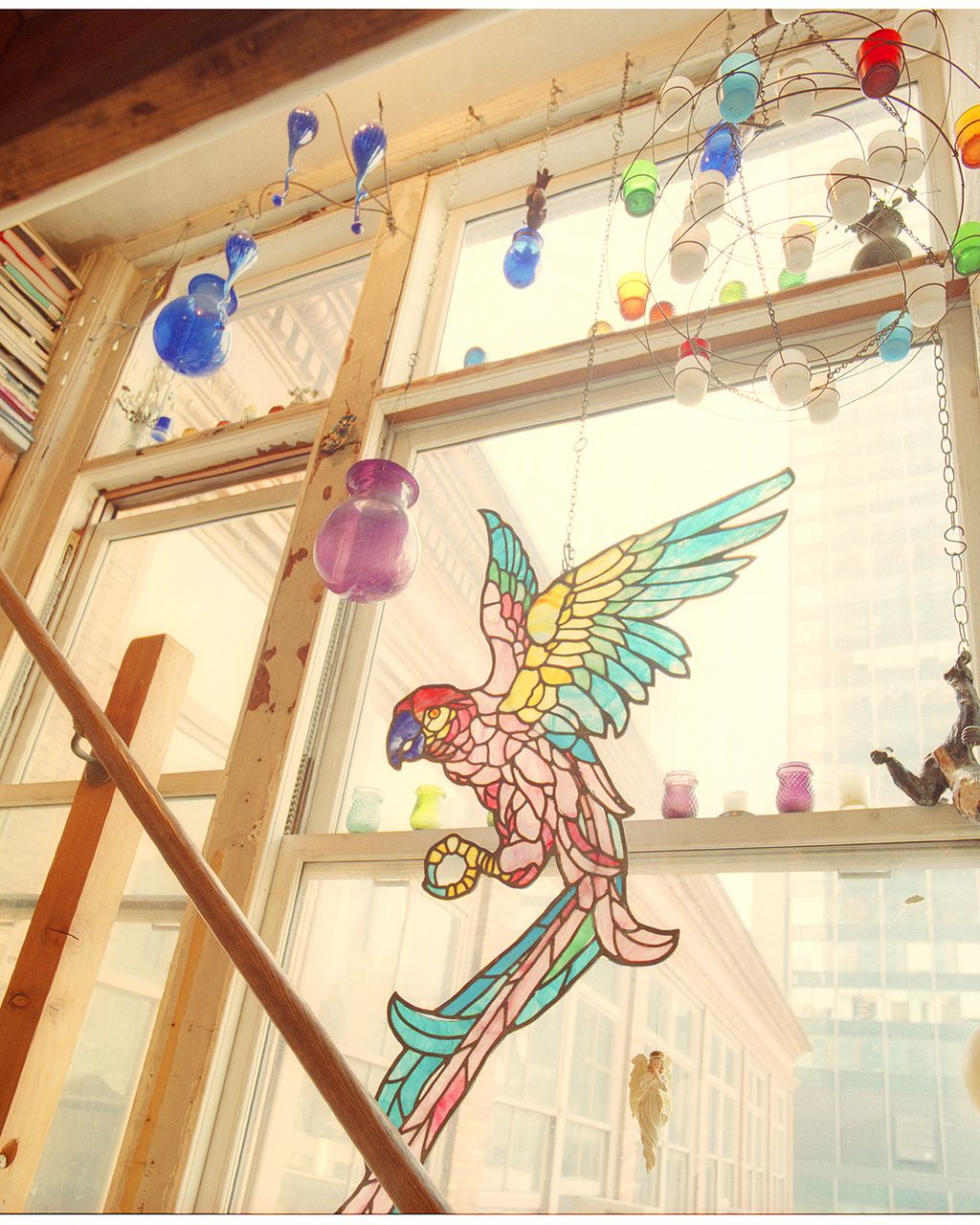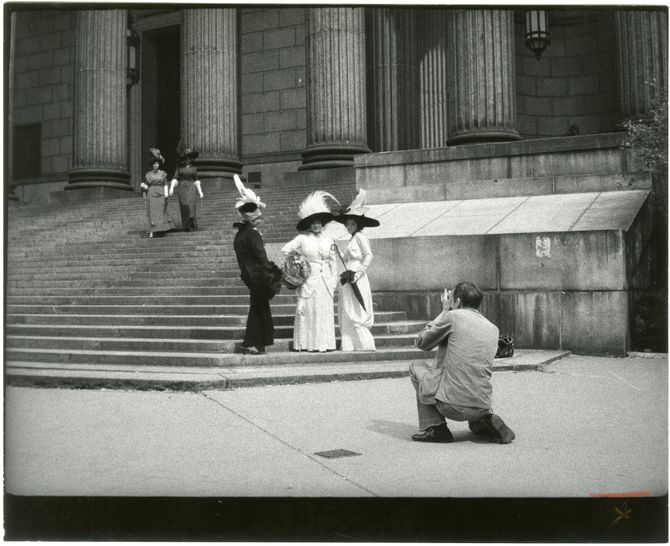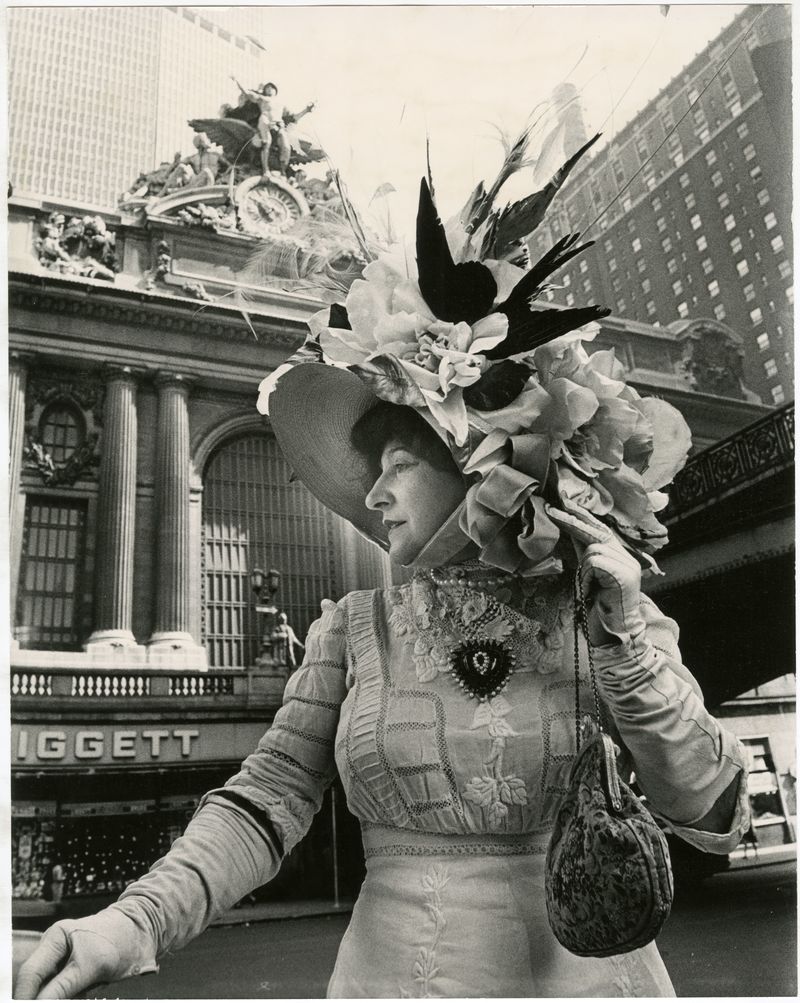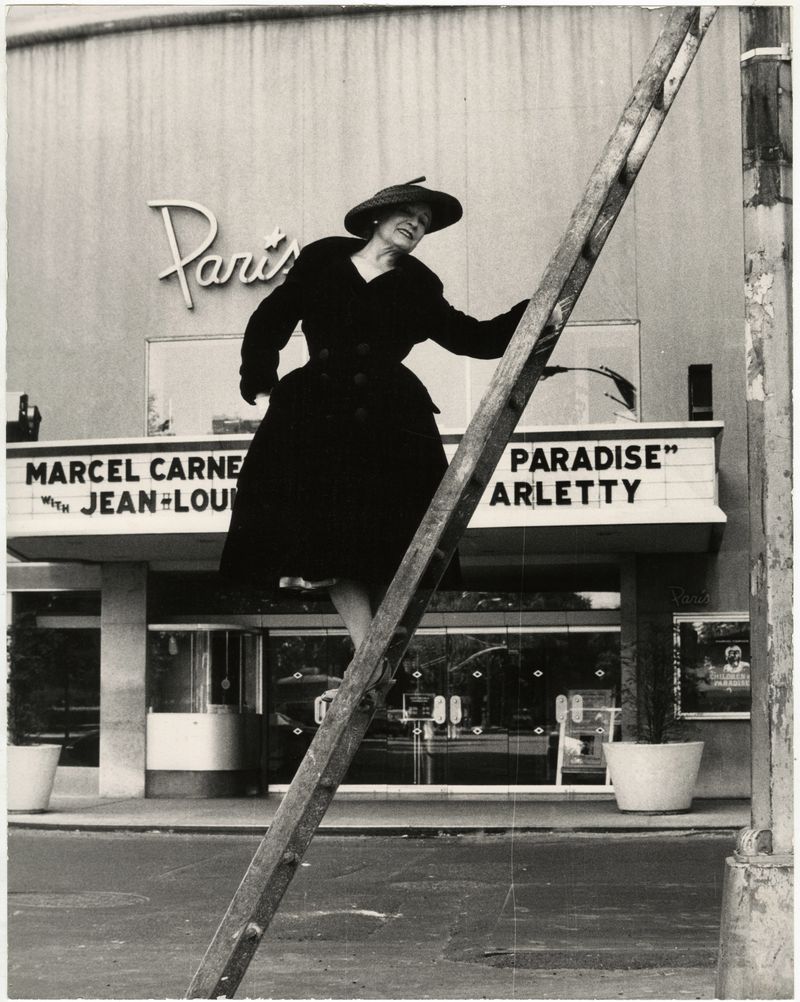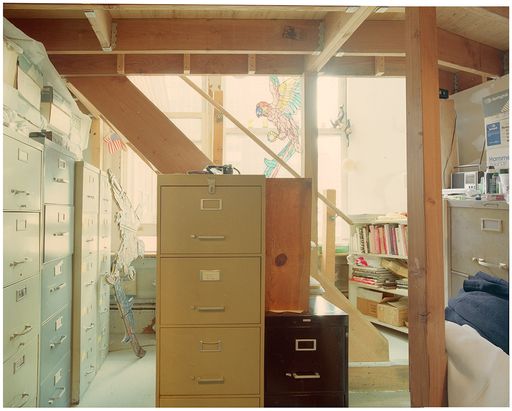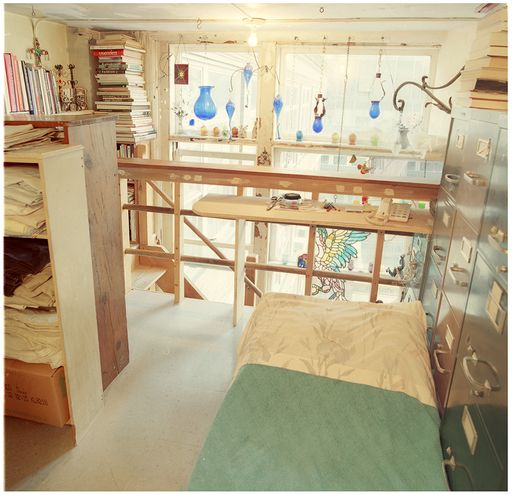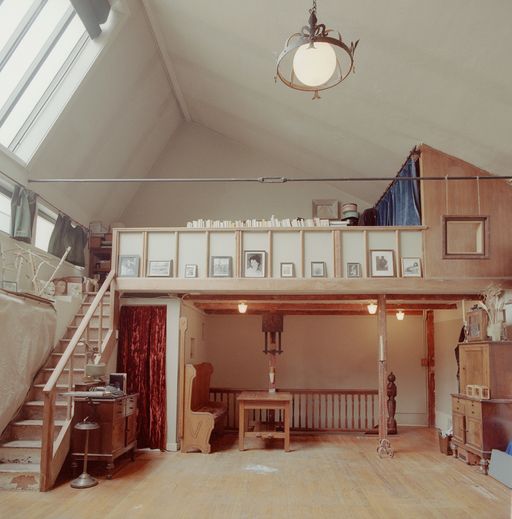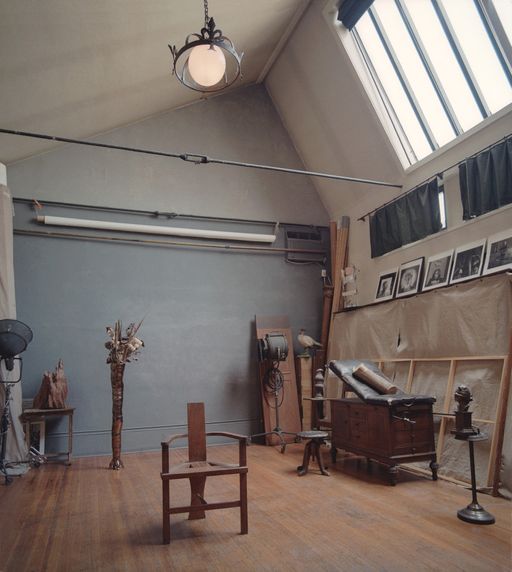The city still feels empty without him. Famed streetwear photographer Bill Cunningham was everywhere, particularly at every fashion show in New York, Paris, and Milan. If there had been a bridge over the ocean he would have hopped on his bicycle to cross it. When Cunningham prowled the city for his New York Times columns “On the Street” and “Evening Hours” he would watch the crowd with the intensity of a forensic scientist, pouncing — with his camera — when he saw what he wanted. Omnipotent as Cunningham seemed (he was even the subject of a 2010 film, Bill Cunningham New York) there’s more to know about him — as evidenced by a new documentary called The Times of Bill, coming next year.
Born and raised in Boston, Cunningham earned a scholarship to Harvard, but left after two months. He came to New York City in 1948 to pursue an interest in fashion, and opened his successful millinery shop under his own label, William J in 1949. He closed his business in 1962, when hats started going out of fashion, and began working for WWD as a fashion reporter. When that was not enough to satisfy his artistic curiosity, Cunningham picked up camera. He did so for the first time in 1967.
He was also a relentless cultural and fashion historian, as his 1978 book Facades illustrates. For that project, Cunningham spent eight years collecting clothing and accessories from thrift shops, street fairs, and auctions in order to photograph a model dressed in these period costumes, in front of buildings from that same era. The gregarious and opinionated photographer Editta Sherman modeled for him. She lived down the hall from Bill in Carnegie Hall. Sherman (known as the Duchess of Carnegie Hall) moved with her family into her studio in 1949, and took portraits of well-known personalities to make a living. Carnegie Hall was not only built to be a great concert hall in 1894; it was also designed with sky-lit studio spaces on the top floor in order to accommodate artists — like Leonard Bernstein, Marlon Brando, Agnes de Mille, and Isaac Stern — who needed space to live and create. This community of artists disbanded in 2010 after an epic struggle to remain in their unique spaces. Photographer Josef Astor also lived in Carnegie Hall for decades, was a close friend of both Cunningham and Sherman, and had privileged access like no one else. He took photographs of each of their studios, as well as his own. Along with Lost Bohemia, his extraordinary documentary about the life at Carnegie Hall, he took hundreds of photographs of the artistic community in its heyday. In 2018, Times of Bill director Mark Bozek will debut a new documentary featuring interview footage of Cunningham, on the occasion of the photographer receiving the Media Award from the Council of Fashion Designers of America in 1993. This is the first time that Astor has allowed his photographs of Cunningham’s personal space in Carnegie Hall to be seen.
